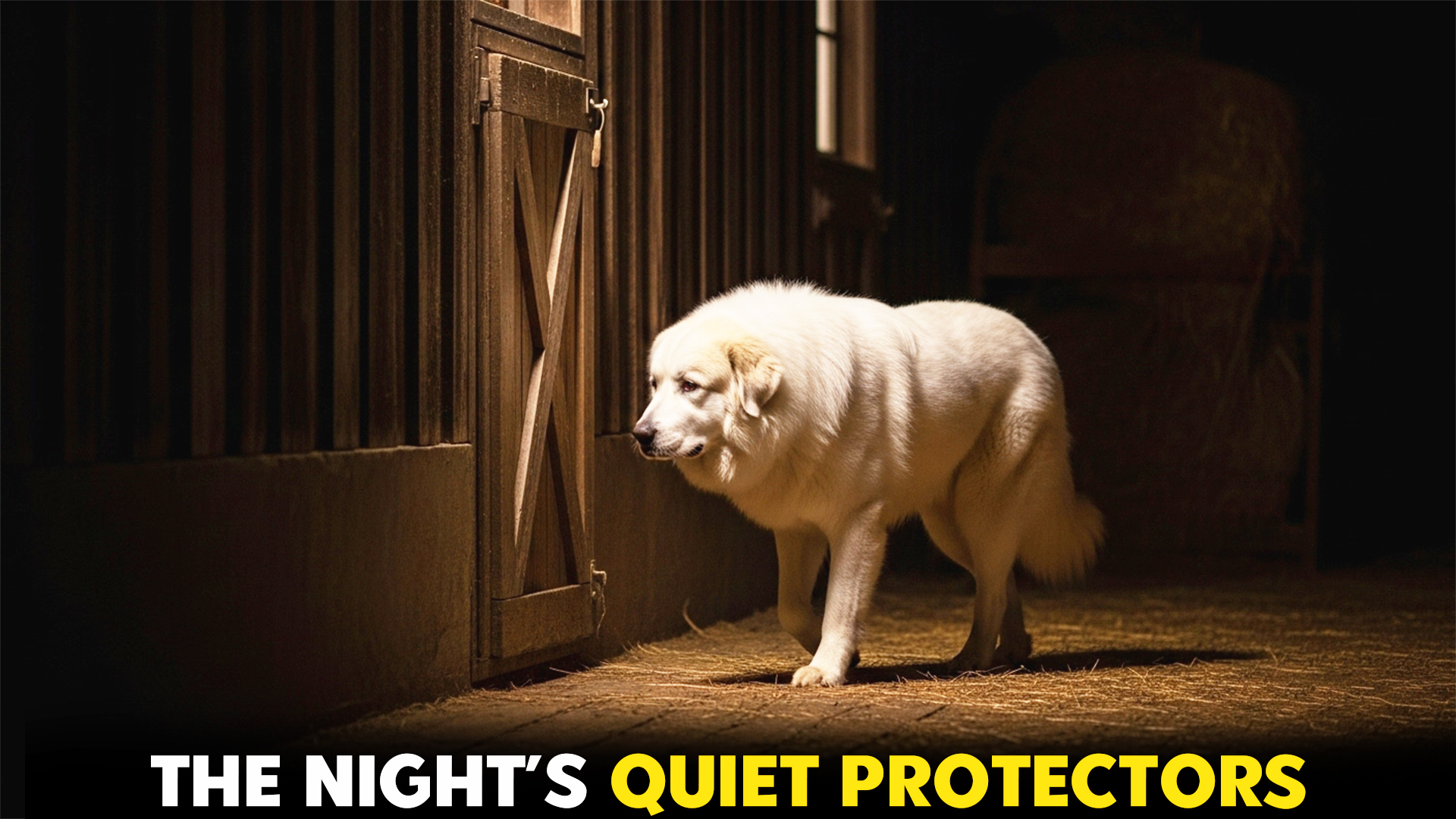There’s a special kind of guardian that watches over barns when the world sleeps: the livestock guardian dog. Bred for centuries, these remarkable canines protect flocks and farms not through commands, but through instinct and devotion, as noted by Research Gate.
Their ancient duty is as noble as it is natural.
When the sun goes down, these dogs become active. With keen hearing and calm focus, they patrol silently, ensuring every animal under their care rests safely through the night. Predators know better and remain far away from these highly attentive guards than to test their quiet vigilance.
Raised alongside sheep, goats, or cattle, livestock guardian dogs see their herds as family. This deep bond fuels their unwavering loyalty and courage in the face of danger.
They are not loud or frantic — just steady, watchful, and confident. Their calm courage is what keeps barns safe without a single bark.
From Anatolia to the Pyrenees, these ancient breeds carry forward a legacy of protection and peace.
Dog Breeds That Patrol Barns Silently At Night
1. Anatolian Shepherd
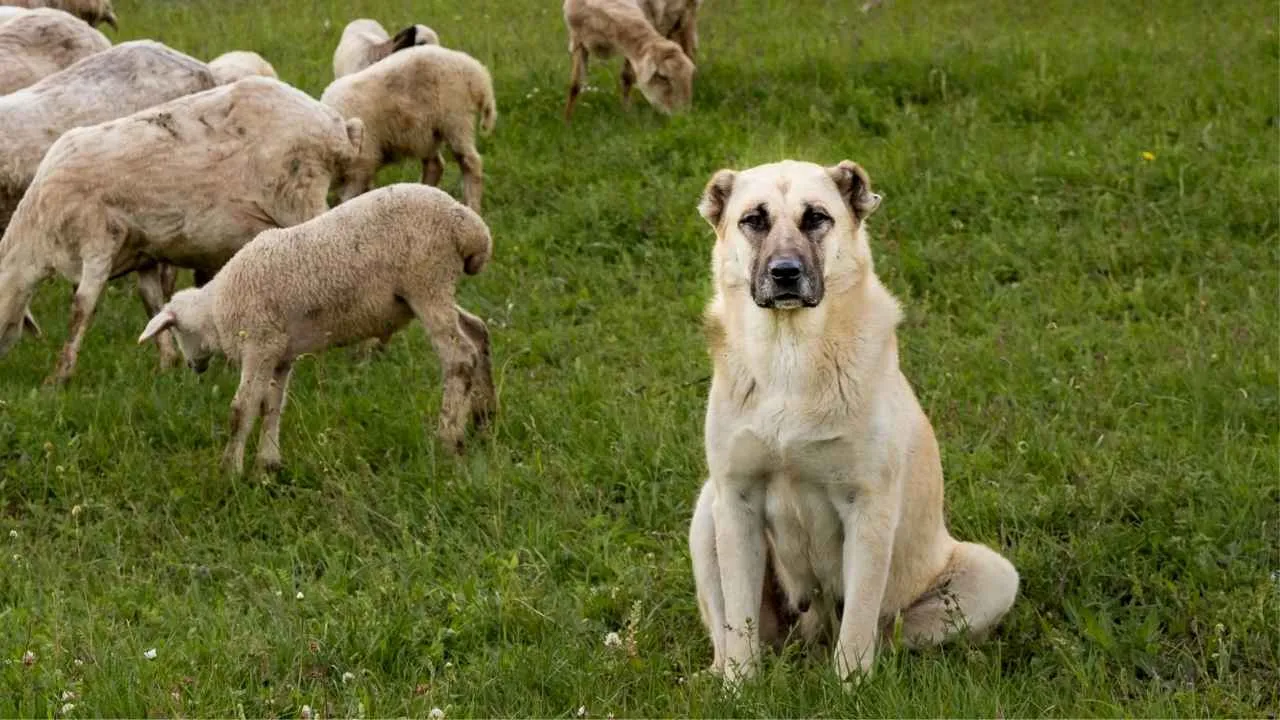
The Anatolian Shepherd stands as a natural guardian, silently surveying the land with unmatched awareness. Originating in Turkey, it’s renowned for deterring wolves, coyotes, and even bears through sheer presence rather than noise.
This breed excels with sheep and goats, using calm, strategic movements to intercept threats before they escalate.
The AKC notes that its independence is both a gift and a challenge. The Anatolian thrives when given freedom to patrol but requires firm boundaries and respect for its instincts.
Owners find it invaluable for large, open properties where livestock roam, as it can patrol vast areas efficiently without constant supervision.
Territorial Barking Alerts: Reserved, alerts only when danger is confirmed
Age of Bonding Development: Begins bonding strongly between 8–14 weeks
Bonding Your LGD: Encourage early contact with livestock under supervision
Socialization: Moderate, best introduced to trusted humans gradually
Today, Anatolian Shepherds are being used in conservation zones to protect endangered wildlife from predators — a modern twist on an ancient role that shows just how adaptable these silent sentinels remain.
2. Great Pyrenees
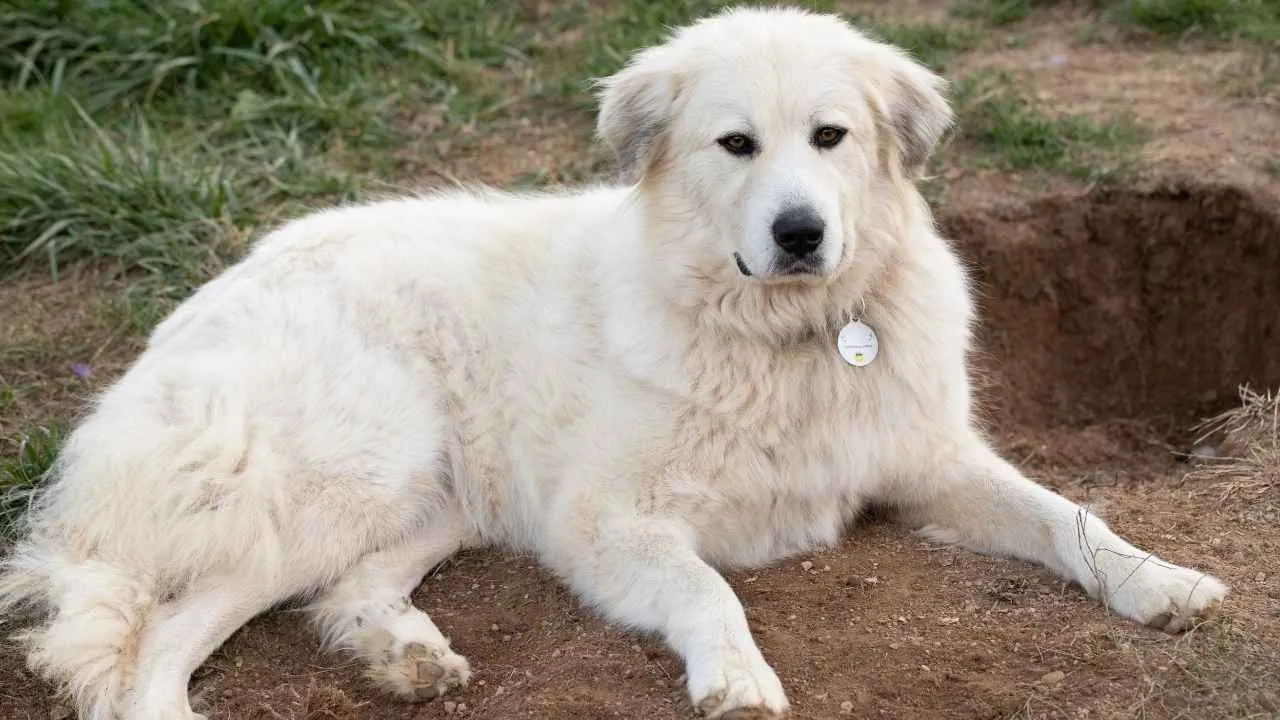
Gentle yet formidable, the Great Pyrenees is known for its quiet confidence under starlit skies. These dogs were bred in the Pyrenees Mountains to safeguard sheep from predators lurking in the dark.
They rely on patience and watchful presence rather than aggression, making them ideal for protecting livestock like sheep, alpacas, and even chickens.
This breed is most content outdoors, thriving in cooler climates where its dense double coat offers protection. Owners appreciate its balance of independence and affection, though it needs consistent boundaries to prevent over-patrolling.
A Great Pyrenees guards by intuition, not command — a partnership of mutual trust.
Territorial Barking Alerts: Deep, resonant warning only when threats are near
Age of Bonding Development: Early social imprinting at 10–16 weeks
Bonding Your LGD: Allow livestock to approach naturally; avoid forced contact
Socialization: Gentle exposure to new animals and people builds confidence
Recently, these dogs have found purpose in therapy and emotional-support roles on farms, showing that their protective nature extends from the barn to the human heart.
3. Komondor
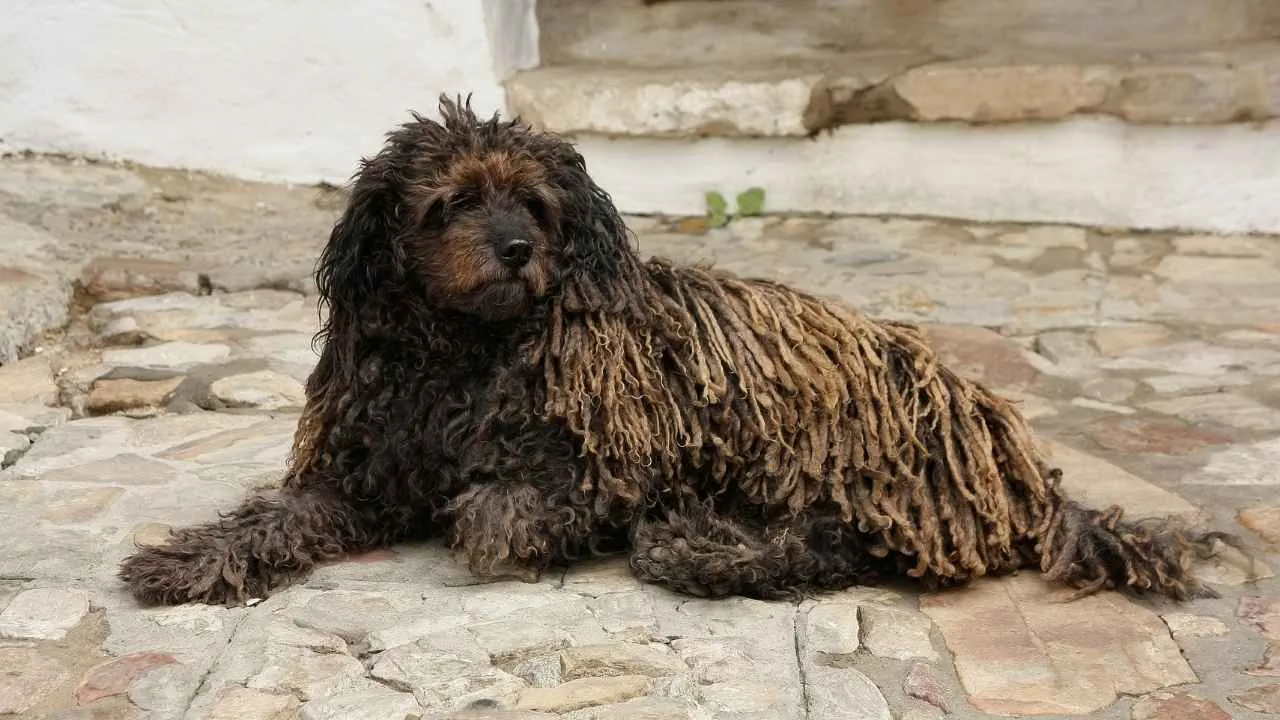
With its iconic corded coat, the Komondor blends into flocks like a living cloud. This Hungarian guardian relies on camouflage and patience, springing into action only when danger nears.
It’s particularly effective against stealthy nighttime predators such as foxes and coyotes, making it indispensable for sheep and cattle farms.
Komondors prefer outdoor living but require proper care to keep their cords clean and free of debris. Their independence and intelligence demand an experienced handler who respects their natural decision-making.
These dogs are loyal to a fault but maintain a composed, watchful silence until action is needed.
Territorial Barking Alerts: Low-frequency bark, used sparingly and strategically
Age of Bonding Development: Begins strong bonding at 12–18 weeks
Bonding Your LGD: Early introduction to livestock ensures lifelong loyalty
Socialization: Limited to farm family and essential visitors only
Modern farmers have begun using Komondors as part of eco-friendly predator control, eliminating the need for harmful deterrents while maintaining natural balance on the land.
4. Kuvasz
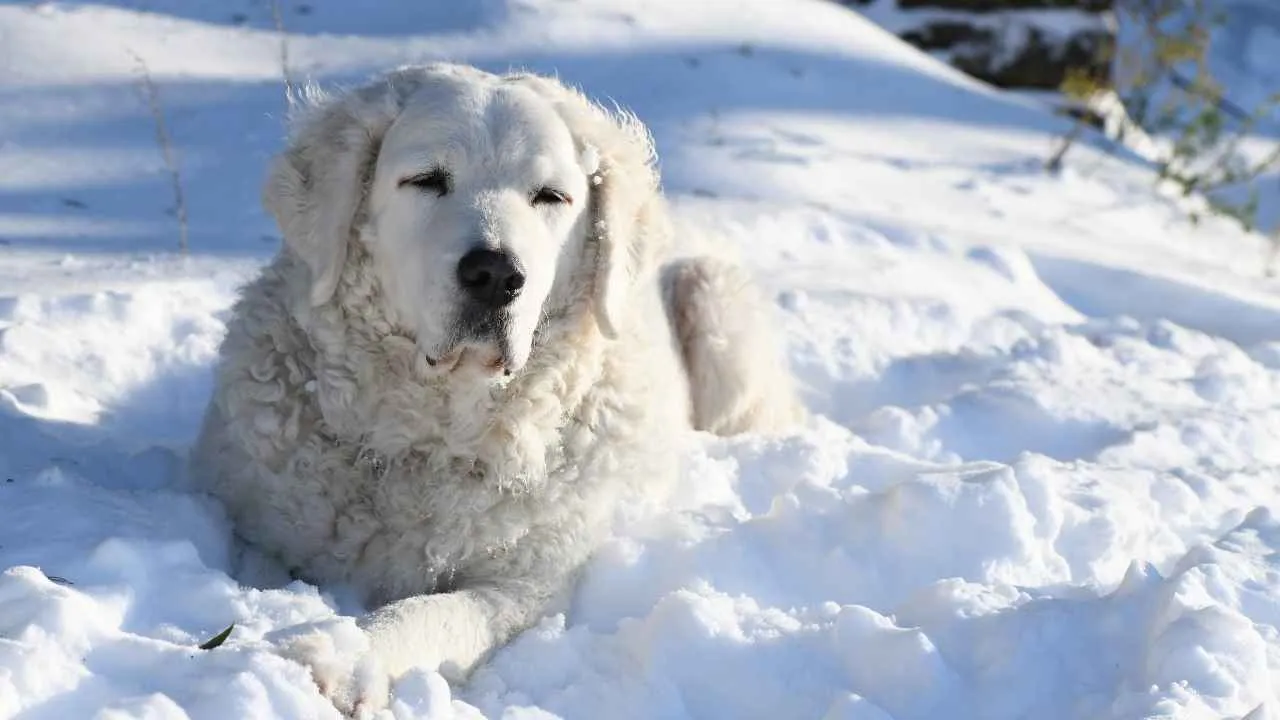
Elegant yet fearless, the Kuvasz has guarded Hungarian pastures for centuries. It works methodically, patrolling boundaries with precision and instinct.
This breed excels at protecting sheep and goats, combining intelligence and restraint to prevent predators from even entering its territory.
Unlike more dependent breeds, the Kuvasz prefers autonomy. It thrives when given space and a consistent role, demanding respect rather than affection. With strong endurance and problem-solving skills, it’s the perfect guardian for expansive grazing lands where vigilance must be constant but quiet.
Territorial Barking Alerts: Reserved; alerts with authority when truly necessary
Age of Bonding Development: Forms lifelong attachments by 10–14 weeks
Bonding Your LGD: Allow natural curiosity between pup and flock
Socialization: Introduce calmly to family and trusted helpers
Interestingly, Kuvaszok have been used in rewilding projects to protect reintroduced herds, showcasing their adaptability beyond traditional farming. Their intelligence and poise make them exceptional partners in both old-world and modern settings.
5. Briard
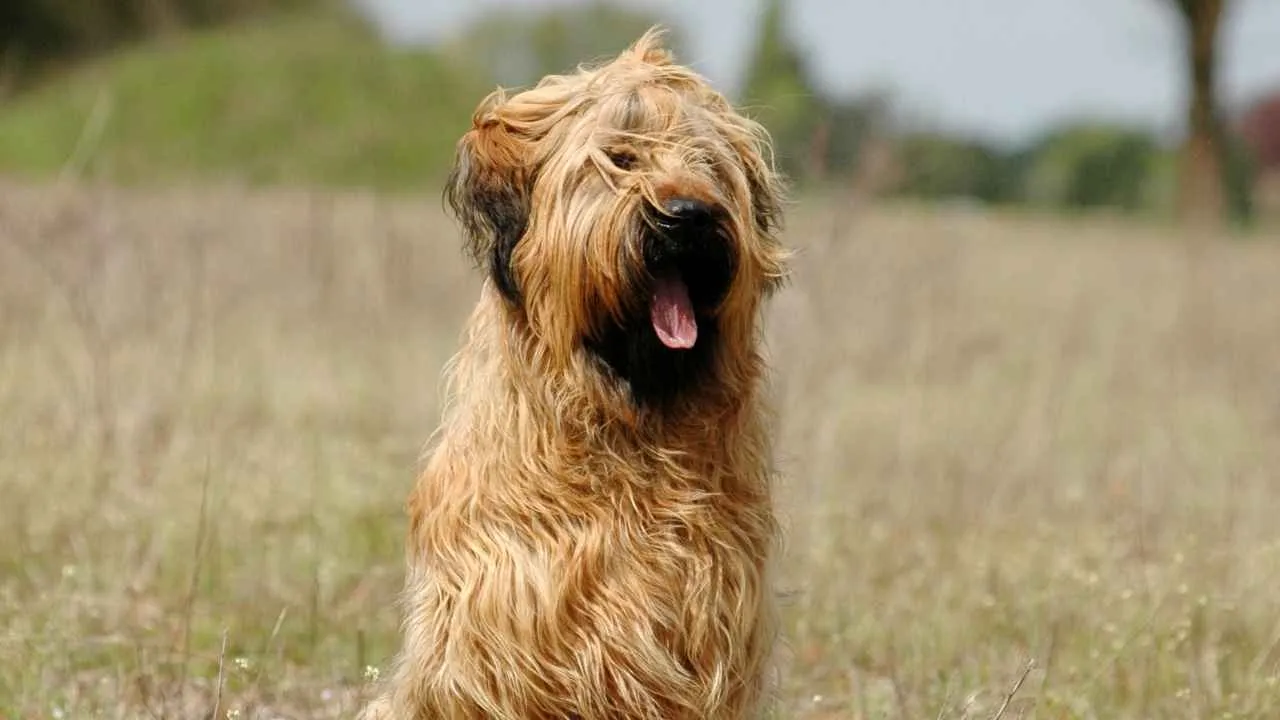
The Briard is a French herding dog with a poet’s soul and a soldier’s discipline. Unlike some livestock guardians, it uses motion and intelligence to guide and protect simultaneously.
These dogs excel in mixed farms, where they safeguard cattle, sheep, and even horses, relying on their acute hearing to detect intruders from afar.
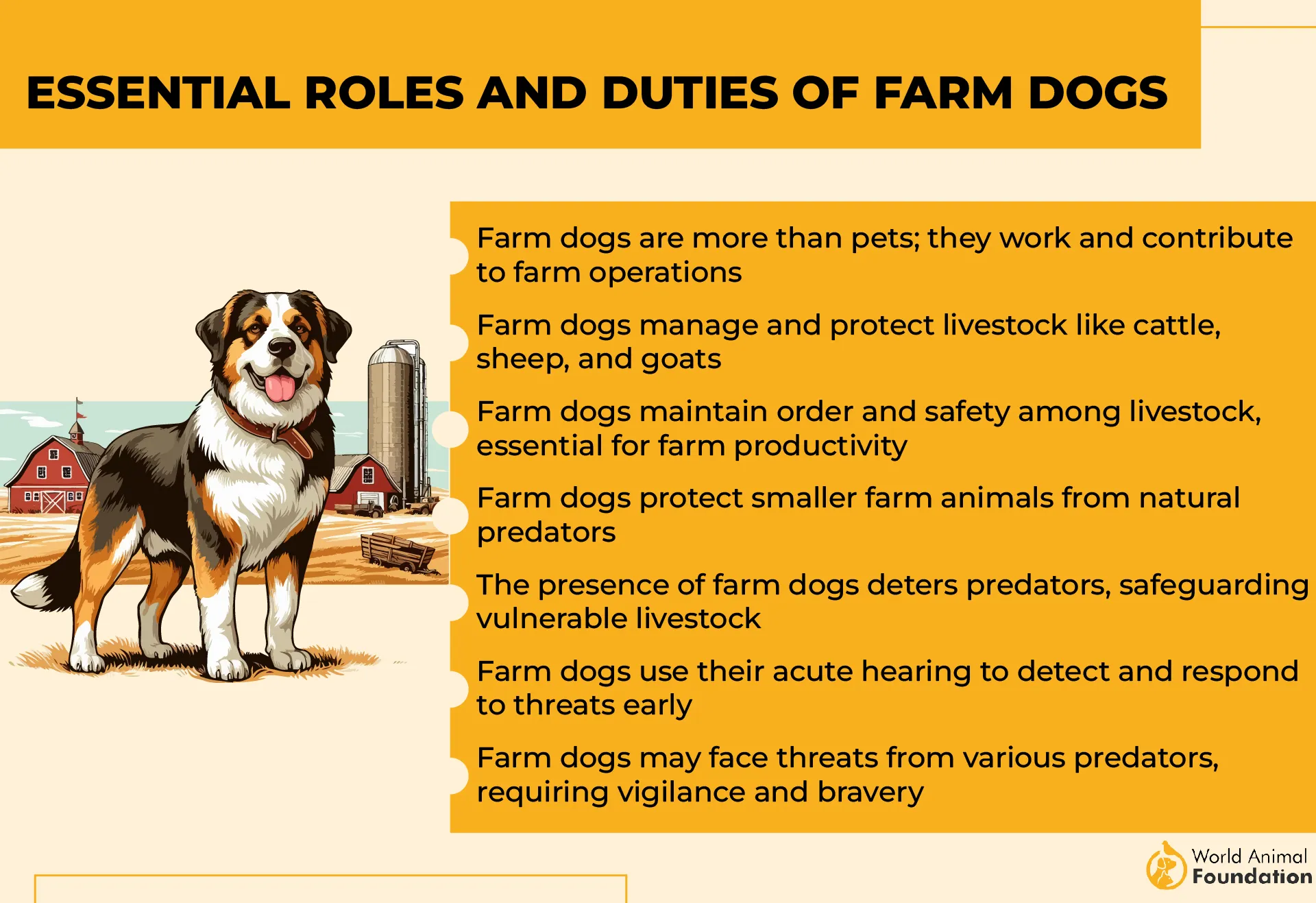
Their long, flowing coats aren’t just for beauty; they shield against weather and debris, allowing them to work tirelessly outdoors.
Hillspet suggests that a Briard requires both mental engagement and affection, as it thrives on partnership more than solitude. With structure and consistency, it becomes both protector and companion.
Territorial Barking Alerts: Controlled, confident, never excessive
Age of Bonding Development: Builds steady trust between 9–15 weeks
Bonding Your LGD: Engage through tasks; Briards bond through shared purpose
Socialization: Early and varied to balance their strong protective instincts
In recent years, Briards have transitioned into therapy and service work while maintaining their herding legacy — a testament to their intelligence and empathy.
6. Bouvier des Flandres
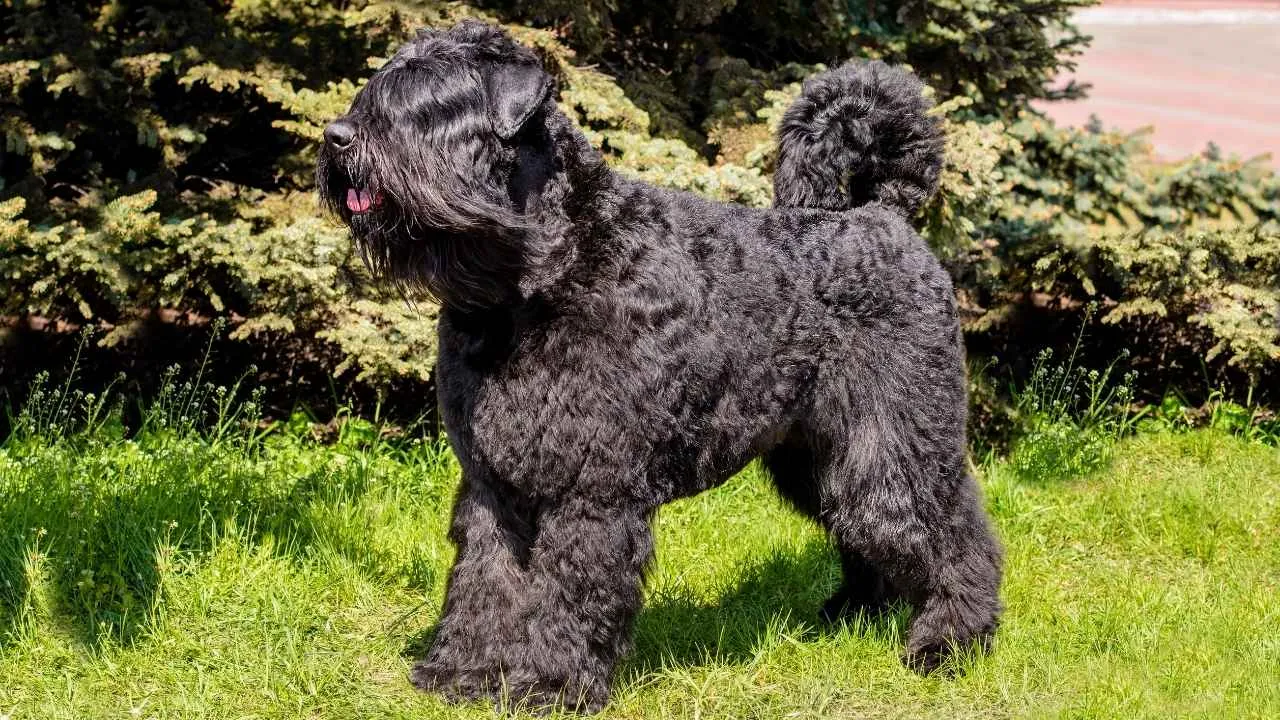
The Bouvier des Flandres is a powerhouse of endurance and calm strength. Originally bred for cattle work in Belgium, it has evolved into an exceptional night guardian, known for moving quietly but decisively when predators threaten.
WebMD claims that its combination of intelligence and courage makes it ideal for protecting livestock in both farm and homestead settings.
This breed flourishes in cooler climates, where its dense, weatherproof coat offers protection from the elements. The Bouvier doesn’t seek conflict but commands respect through stillness and authority. Owners admire its loyalty, as it watches over the land with unwavering devotion.
Territorial Barking Alerts: Deep, restrained warnings only when warranted
Age of Bonding Development: Bonds best between 10–16 weeks of age
Bonding Your LGD: Consistent presence during early farm routines
Socialization: Balanced exposure ensures calm behavior around visitors
Today, Bouviers are increasingly employed in rural security and even disaster-response roles — blending their guardian instincts with modern versatility.
7. Puli
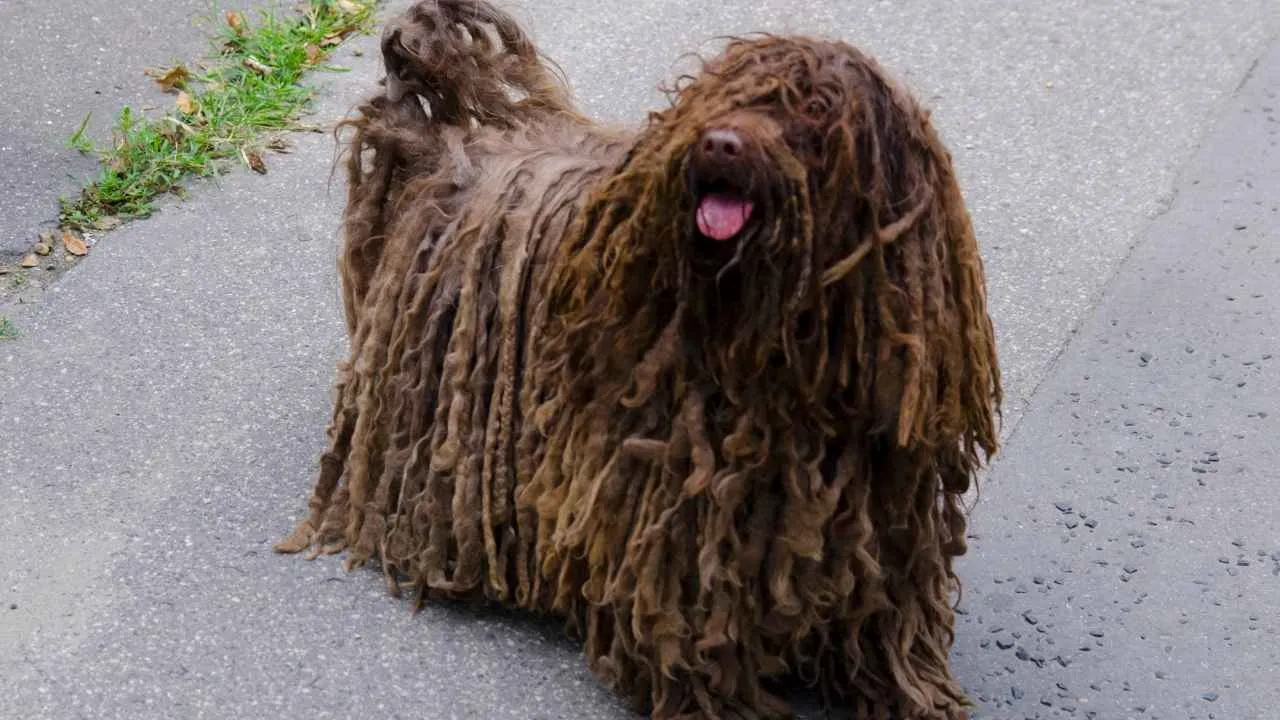
Small in stature but mighty in spirit, the Puli brings a spark of energy to barnyard guardianship. Bred in Hungary, it’s known for using agility and speed to outmaneuver predators rather than confront them head-on.
Ideal for farms with smaller livestock like chickens, lambs, or goats, the Puli keeps the flock together while alerting calmly to any disturbances.
PetMD says that its weather-resistant corded coat allows year-round outdoor work, and its intelligence makes it highly adaptable. Pulis thrive when given purpose — whether guarding, herding, or patrolling, they excel through constant movement and alertness.
Territorial Barking Alerts: Quick, precise, and used as tactical signals
Age of Bonding Development: Starts bonding early at 6–10 weeks
Bonding Your LGD: Frequent exposure builds trust and confidence
Socialization: Moderate; thrives in familiar farm environments
Interestingly, Pulis are being recognized for their role in sustainable farming, where their keen instincts help manage livestock naturally without mechanical herding tools — proving that even the smallest guardians can make the biggest difference.
8. Old English Sheepdog
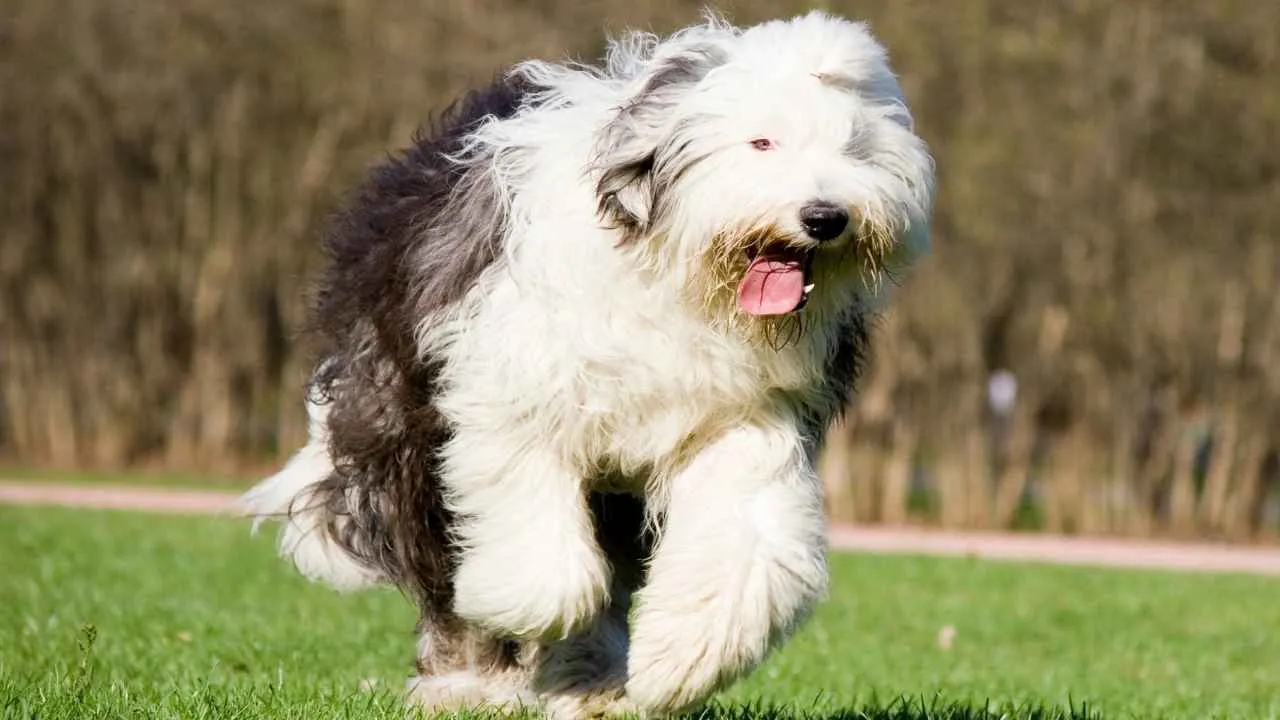
At night, the Old English Sheepdog becomes a quiet sentinel of the farm. Their thick, shaggy coat keeps them warm through misty nights as they move gracefully around barns, silently scanning for intruders.
These dogs rarely bark unless truly necessary—using their intelligence and calm demeanor to deter predators like foxes and coyotes before they strike. Life on a farm suits them perfectly; they thrive when they have space to roam and livestock to guide.
Originating in England as drovers, these sturdy herders once guided cattle and sheep to markets. With a muscular build and a distinctive “bear-like” gait, they are agile despite their size. Their dense double coat not only provides insulation but also camouflages them in moonlit fields.
They excel at herding sheep, cattle, and even ducks, making them versatile farm companions.
Territorial Barking Alerts: Low; reserved but firm when needed.
Age of Bonding Development: 6–9 months for full attachment.
Bonding Your LGD: Involve them early in chores; they love routine.
Socialization: Regular exposure to people and livestock keeps them confident.
Today’s Old English Sheepdogs remain popular on modern hobby farms for their loyal and protective temperament. They require durable grooming tools, high-protein diets for their thick coat, and nighttime visibility gear for safe patrolling. Give them a sense of purpose, and they’ll reward you with unwavering devotion.
9. Belgian Sheepdog
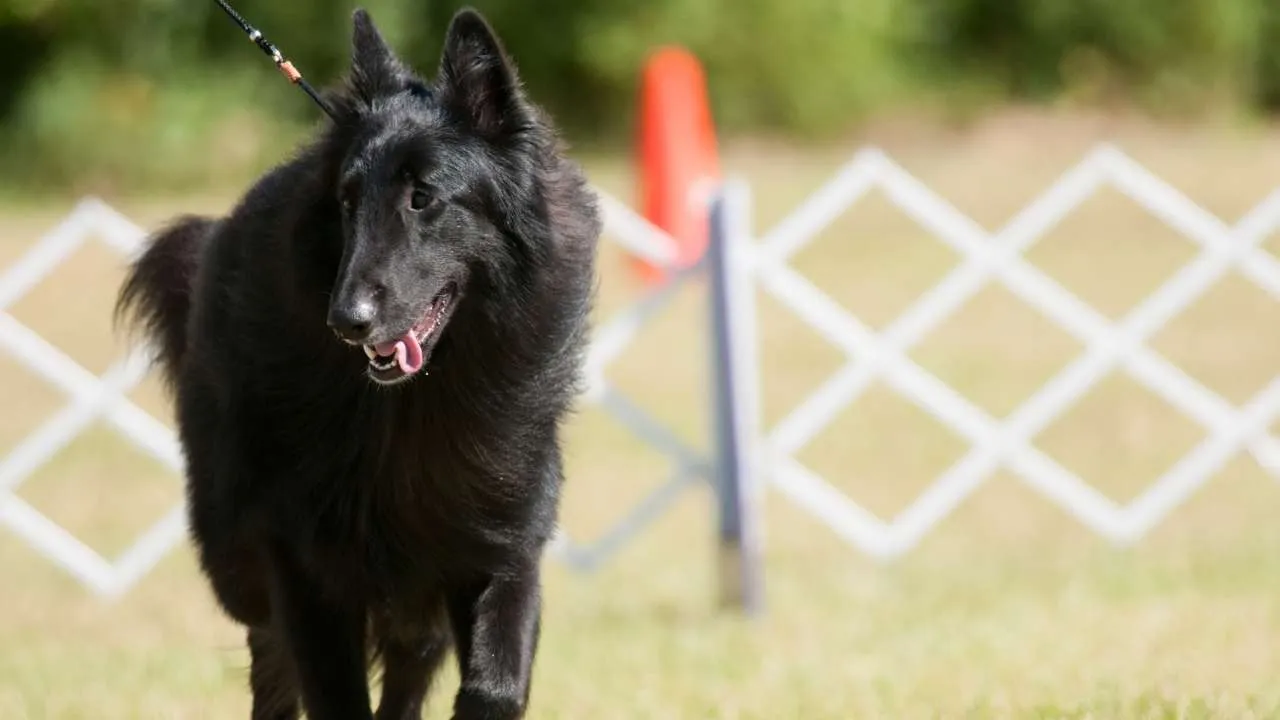
When the sun dips, the Belgian Sheepdog becomes an elegant shadow, gliding silently through barns and fields. Renowned for their acute senses and alert instincts, they handle predators with swift, strategic responses—often outsmarting intruders rather than confronting them.
Their sleek black coat helps them blend into the night, making them one of the most effective nocturnal farm guardians around.
Originating from Belgium, these dogs—also known as Groenendaels—were bred for intelligence and agility. They boast a thick, weather-resistant mane and expressive eyes that reveal their keen intuition.
Their herding talents shine with sheep and goats, but their versatility makes them equally skilled at light protection work.
Territorial Barking Alerts: Moderate; quick to notify, then quiet.
Age of Bonding Development: Around 4–6 months.
Bonding Your LGD: Reinforce trust through daily tasks and gentle leadership.
Socialization: Early introduction to other farm animals prevents over-guarding.
On contemporary farms, the Belgian Sheepdog balances its role between herding and security. They excel with mental stimulation—like agility training or scent games—and need sturdy fencing, warm bedding, and nutrient-rich meals.
With proper care, these graceful guardians offer both beauty and brilliance under the stars.
10. Belgian Tervuren
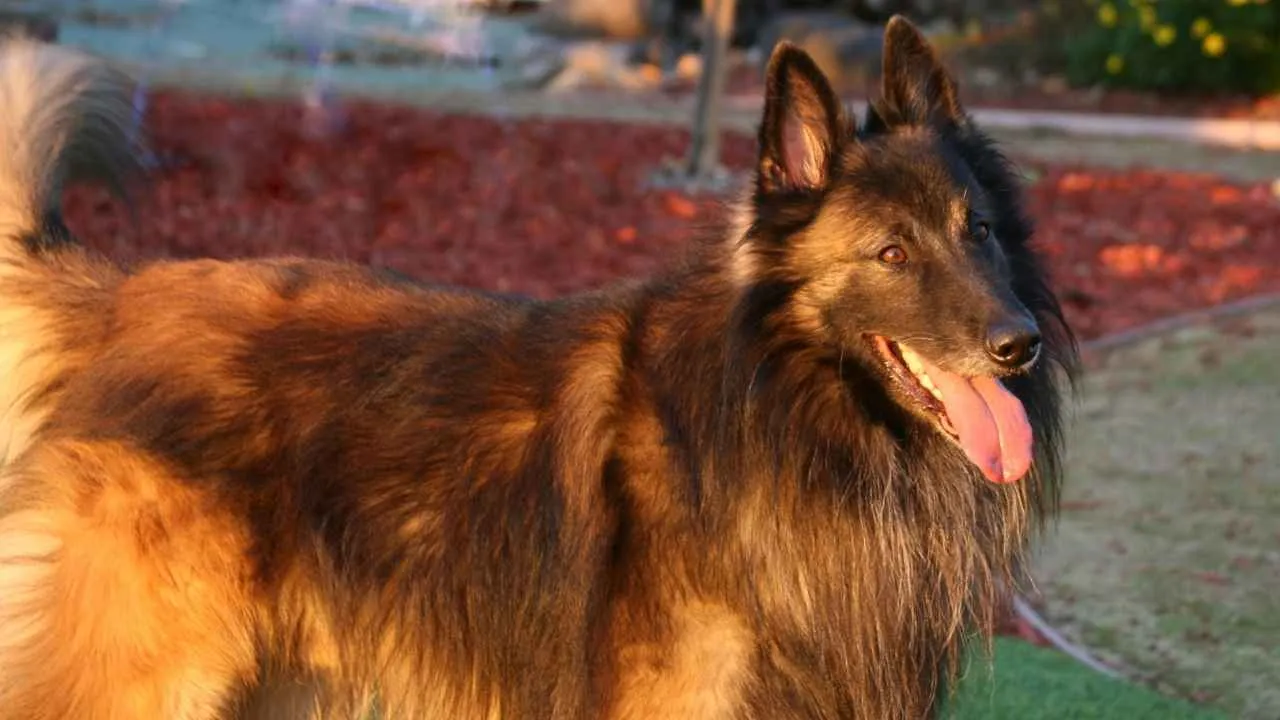
Graceful yet formidable, the Belgian Tervuren is the night guardian every farmer dreams of. As dusk falls, they prowl quietly, their golden coat glinting under moonlight while keeping a watchful eye on barns and flocks.
ABTC adds that they’re strategic protectors—using their intelligence and intuition to detect predators before danger strikes. Their endurance allows them to patrol for hours without rest, thriving in open, active farm environments.
The Tervuren hails from Belgium’s farmlands, bred as both a herder and defender. With an athletic frame and long, fawn-to-mahogany coat, they move like a breeze through pastures. They’re natural herders of sheep and goats, guided by instinct and precision rather than force.
Territorial Barking Alerts: Moderate to high; sharp, controlled warnings.
Age of Bonding Development: 5–8 months for deep loyalty.
Bonding Your LGD: Daily exercise and shared routines build lifelong trust.
Socialization: Exposure to visitors and livestock ensures balanced guarding instincts.
In modern farms, the Belgian Tervuren excels as both a working partner and family protector. They thrive with tasks that challenge their minds, like obedience drills or scent tracking.
Keep them equipped with reflective collars, chew toys for downtime, and a secure enclosure for rest. Their devotion glows as brightly as the stars they patrol beneath.
FAQs
How do barn patrol dogs alert owners without barking loudly?
Silent livestock guardians rely on non-vocal signals to alert their handlers. Instead of loud barking, they use body language—like pacing, stiff posture, or intense eye contact toward a threat—to communicate that something’s wrong.
Many also have a deep, single warning growl or short woof that’s distinct enough for experienced farmers to recognize.
Are silent patrol dogs naturally protective of livestock?
Absolutely. Breeds such as the Kuvasz, Great Pyrenees, and Komondor were developed over centuries to instinctively protect livestock. Their guarding behavior isn’t taught—it’s hardwired. From puppyhood, these dogs imprint on the animals they guard, seeing them as part of their “pack.”
This natural bond drives them to patrol pastures and barns all night, maintaining a calm yet commanding presence that keeps predators away. Their silence isn’t passivity—it’s strategy.
Can these breeds strike a balance between barn guarding and family companionship?
Yes—but only when their dual instincts are respected. Silent guardians like the Old English Sheepdog or Belgian Tervuren can form deep emotional bonds with both livestock and human families. They’re affectionate, intelligent, and thrive on structure.
The key is giving them clear “jobs”, whether it’s nightly patrols, herding tasks, or family security. When mentally stimulated and properly socialized, they switch seamlessly from calm home companions by day to dedicated barn sentinels by night.
Conclusion
Livestock guardian breeds like the Anatolian Shepherd dog remind us that protection and peace can coexist in perfect harmony.
These devoted dogs, with their calm demeanor and courageous spirit, are more than just livestock guarding dogs — they’re full-time members of the farm family who form strong bonds from an early age.
Across the world, from the Tibetan Mastiff to the Romanian Carpathian Shepherd, and from the Cane Corso to the Hungarian Sheepdog, these large dogs continue a legacy rooted in ancient regions.
Their bravery, appearance, and trustworthy nature make them excellent guardians for goat herds, sheep, and even children.
If you’re exploring other breeds beyond these gentle giants, we offer valuable insights on proper training and consistent care.
Whether for family life or livestock protection dogs, choosing the right balance of affection, structure, and mental stimulation ensures your guard dog thrives — start today and raise your next loyal protector.


